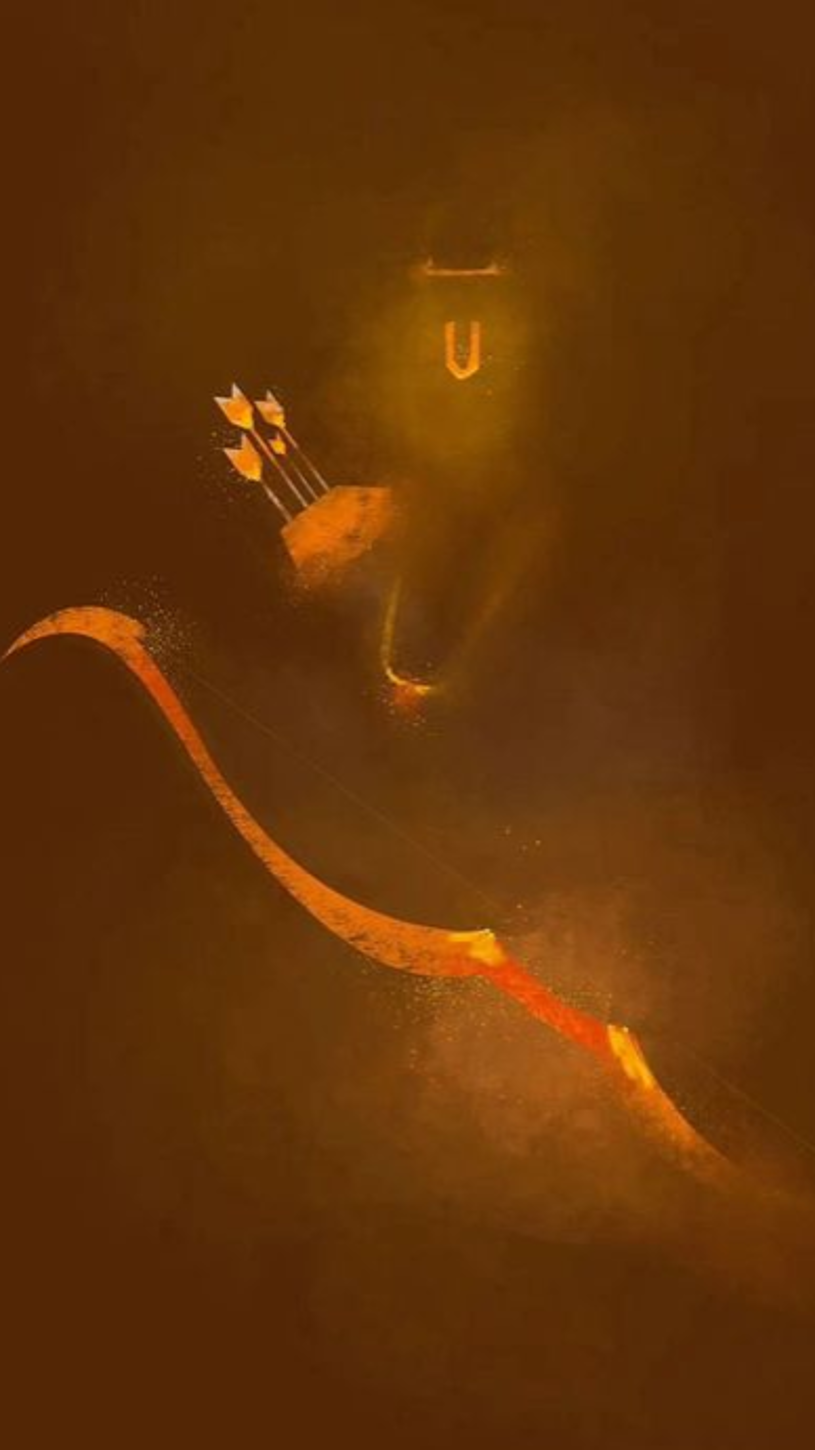
Arts
The Ramayana, an ancient Indian epic, has deeply influenced a wide array of artistic expressions across the country. Among the diverse forms of art inspired by the epic, Kalamkari stands out prominently. Originating from Andhra Pradesh and Telangana, Kalamkari involves the use of natural dyes to paint scenes from the Ramayana onto fabric, creating intricate and colorful textile artworks.
In addition to Kalamkari, other traditional art forms such as Madhubani painting, Tanjore painting, and Pattachitra also draw inspiration from the Ramayana. Madhubani painting, originating from the Mithila region of Bihar, often depicts scenes from Hindu mythology, including episodes from the Ramayana. With their bold lines and vibrant colors, Madhubani paintings vividly capture the essence of Rama’s journey and his triumph over evil.
Similarly, Tanjore painting, a classical South Indian art form, features rich colors, gold leaf embellishments, and intricate details. Many Tanjore paintings depict divine themes, including scenes from the Ramayana, portraying Rama, Sita, and other characters in resplendent glory. These exquisite artworks serve as timeless tributes to the epic’s enduring legacy.
Pattachitra, a traditional art form from Odisha and West Bengal, involves the creation of intricate paintings on cloth or dried palm leaves. Often characterized by intricate detailing and vibrant colors, Pattachitra paintings frequently depict mythological narratives, including stories from the Ramayana. Through their meticulous craftsmanship and storytelling prowess, Pattachitra artists bring the epic’s characters and adventures to life with unparalleled beauty and depth.
The enduring popularity of these art forms underscores the timeless appeal of the Ramayana and its profound impact on India’s cultural heritage. By preserving and celebrating these artistic traditions, we not only honor the epic’s legacy but also enrich our collective cultural tapestry for generations to come.

